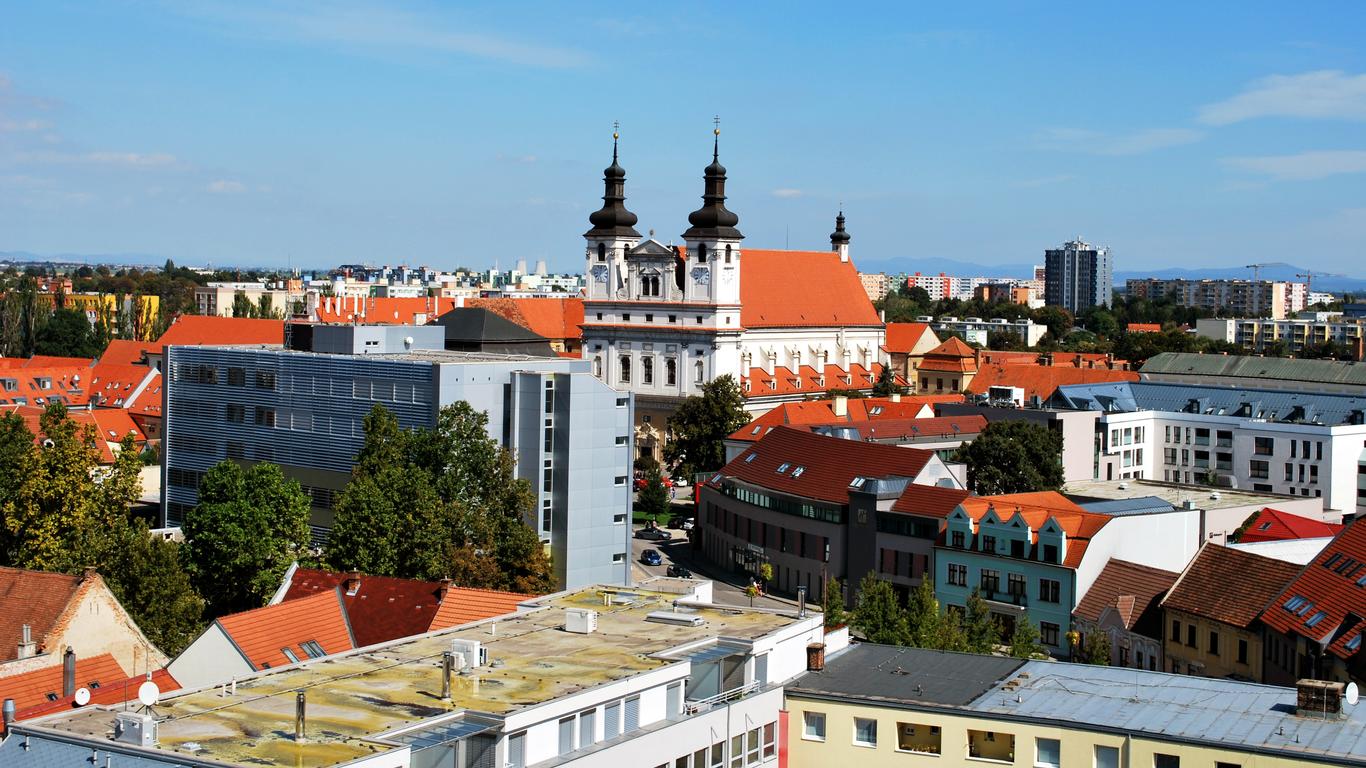Nicknamed “Little Rome” due to its abundance of churches, Trnava is a storied Slovakian city north-east of Bratislava. It was established as a market town in the Middle Ages at an important crossroads, with one road linking Bohemia to Hungary and the other connecting Poland with the Mediterranean Sea.
Things to do in Trnava
Trnava’s most striking religious landmark is Saint Nicholas Church, which was originally constructed in the 14th century. Today, it exhibits a combination of Gothic and Baroque architectural styles. Its twin spires dominate the historic city centre, with the north tower housing one of the largest bells in Europe. Be sure to step inside to admire the stained glass window depicting Saint Cecilia.
Occupying a former monastery of the Poor Clares is the Museum of Western Slovakia, which exhibits an impressive collection of historical and ethnographic artefacts. You can get up close to traditional costumes and a 45,000-year-old bone from a Neanderthal woman, as well as ceramics crafted in some of Slovakia’s most famous workshops. With its rich stucco work and reliefs, the monastery building is an attraction in itself.
Housed in a beautiful old villa is the Jan Koniarek Gallery, which showcases European artwork from the 20th and 21st centuries. It is named after the Slovakian sculptor who lived and worked in Trnava and includes an exhibit highlighting the city through the eyes of artists at different periods in time. Changing exhibitions and creative workshops are regularly held at the gallery.
Getting around Trnava
Trnava is around 40 minutes’ drive from Bratislava and 30 minutes from M. R. Štefánik Airport Bratislava, which has seasonal flights to destinations across Europe and the Middle East. Trains connect from Bratislava to the Trnava railway station and buses travel throughout the city, connecting most of its attractions.





